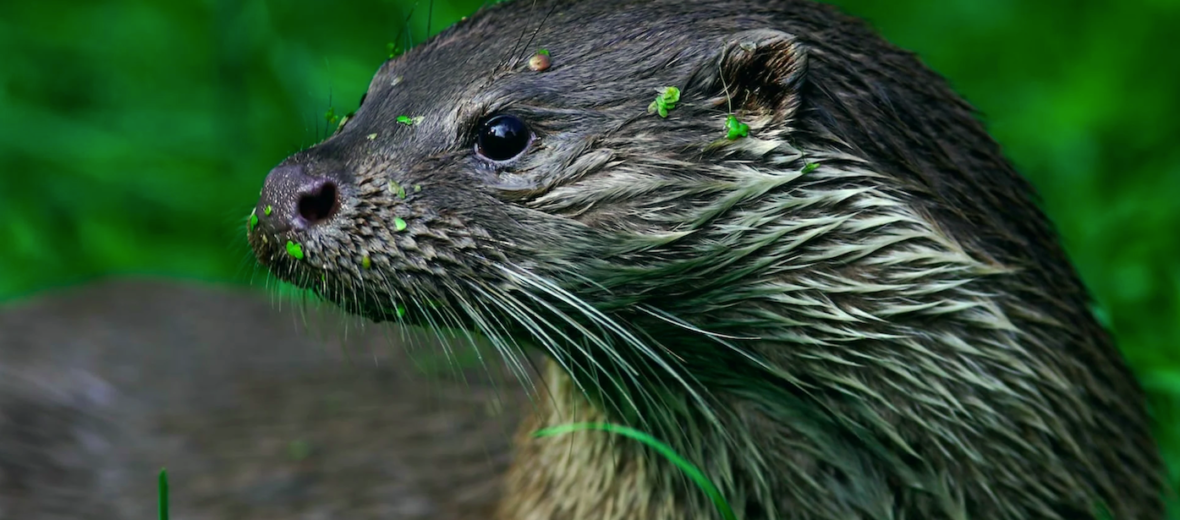
The Eurasian otter, aka Eurasian river otter, European otter, European river otter, Old World otter, or common otter, is found in Europe, North Africa, and Asia. They prefer rivers, lakes, streams, freshwater forests, peat swamp forests, ocean shorelines, rice fields, fjords (long, narrow, deep inlets of the sea between high cliffs), and caves, as long as they are always close to a water source. Even though they are largely distributed, these little critters are still listed as Near Threatened by the IUCN. They face the threats of habitat destruction, the effects of over-fishing, hunting, trapping, pollution, and climate change. Their global populations are also decreasing.
First the Stats…
Scientific name: Lutra lutra
Weight: Up to 26 lbs.
Length: Up to 3.1 feet, plus up to an 18 inch tail
Lifespan: Up to 22 years
Now on to the Facts!
1.) Like other otters, they have webbed feet that assist in navigating the waterways in which they live.
2.) They also have the ability to close their nostrils and ears, to prevent water from entering.
3.) Their dense and short fur traps a layer of air in it which helps to insulate them from colder water.
4.) A group of otters is called a bevy, family, pod, raft, or romp.
5.) These otters are typically crepuscular (active at dawn and dusk), with some nocturnal (active at night) behavior.
But wait, there’s more on the Eurasian otter!
6.) Eurasian otters are mostly solitary, but sometimes form small groups of up to 6 otters.
7.) They are known for being the most territorial of all the known otter species and can patrol an area of over 10 square miles.
Did you know…?
Eurasian otters can hold their breath for up to 4 minutes at a time.
8.) Territorial behaviors are exhibited when otters of the same gender cross into another otter’s territory.
9.) These carnivores prey on fish, amphibians, insects, birds, eggs, and worms.
10.) Even though not a lot of information has been gathered on the mating habits of these otters, it is presumed that they are either polygynandrous (promiscuous) or polygynous (1 male mates with multiple females). Since this is how other otters behave.
But wait, there’s still more on the Eurasian otter!
11.) Females birth up to 3 pups, after up to a 70 day gestation (pregnancy).
12.) These critters produce up to 12 different calls. They produce calls like whimpers; short, shrill whistles; yelps; and a high-pitched screaming cry when threatened.
13.) Much to the dismay of zoos, these otters spend upwards of half their lives sleeping. Most of their sleeping time is during zoo opening hours.
Now a Short Eurasian Otter Video!
Be sure to share & comment below! Also, check out the Critter Science YouTube channel. Videos added frequently!
Want to suggest a critter for me to write about? Let me know here.



